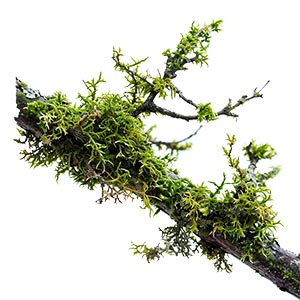Oakmoss which is scientifically known as Evernia prunastri, is a lichen used in perfumery for its earthy, woodyand slightly leathery aroma. With a history rooted in traditional medicine and ancient perfumery, Oakmoss has become a staple in creating rich and complex fragrances.
The use of Oakmoss in perfumery dates back centuries. In medieval Europe, it found its way into herbal remedies and tonics. However it was during the 20th century that Oakmoss gained prominence in modern perfumery, becoming a key ingredient in chypre and oriental fragrances.
Oakmoss earthiness and mossy character makes it a popular choice in base notes of fragrances, providing a grounding and long-lasting effect. Despite regulatory restrictions on its use due to potential allergenic compounds, perfumers continue to use Oakmoss for its unparalleled contribution to complex and timeless scents.
Natural or Synthetic?
Natural Oakmoss, derived from Evernia prunastri, is solvent-extracted to produce an absolute with a deep, earthy, and woody scent. Due to the presence of allergens like atranol and chloroatranol, its use in perfumery has been restricted. Synthetic alternatives, such as Evernyl (Veramoss), have been developed to replicate the Oakmoss scent without allergens. These synthetics are created through complex organic chemistry techniques, offering a hypoallergenic and regulation-compliant option while maintaining the characteristic Oakmoss scent profile.
Fragrance Families Oakmoss Most Commonly Found In
Show fragrances that contain Oakmoss as a note



